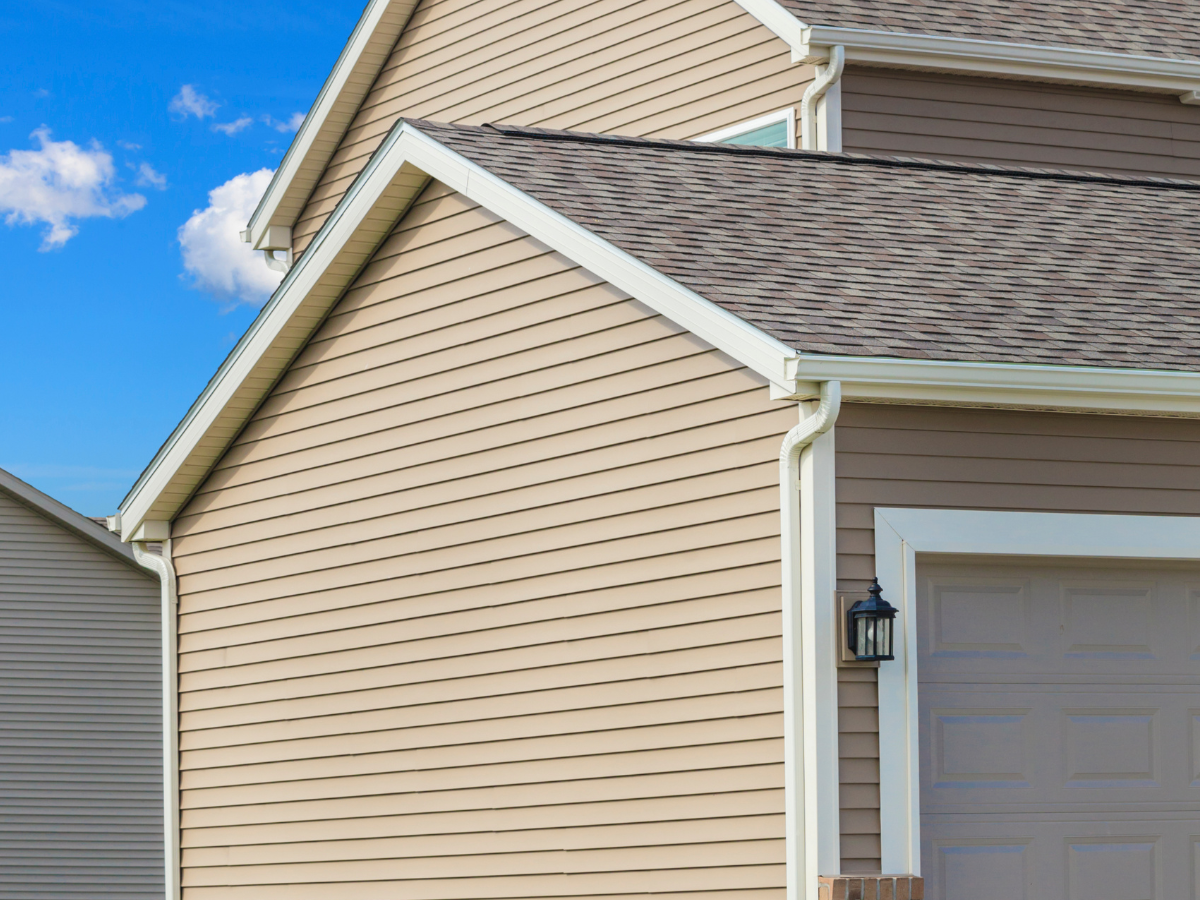What is the biggest problem with vinyl siding in Indiana
Here are some major problems with vinyl siding in Indiana:
Vinyl siding is a popular choice for homeowners in Indiana due to its affordability, ease of installation, and low maintenance requirements. However, it does come with its own set of challenges, particularly given the state's diverse climate conditions. Here are the primary issues Indiana homeowners face with vinyl siding: If you need information on a siding company in New Haven, don't hesitate to get in touch with us.
1. Weather Damage
Indiana experiences a wide range of weather conditions, from hot summers to harsh winters, which can take a toll on vinyl siding. Vinyl siding can become brittle in cold weather and more susceptible to cracking or breaking when impacted by objects such as hail or debris during storms. Conversely, high temperatures can cause vinyl siding to warp or buckle if not installed correctly to allow for thermal expansion and contraction.
2. Fading and Discoloration
Exposure to sunlight can cause vinyl siding to fade over time. The ultraviolet (UV) rays from the sun break down the chemical bonds in the vinyl, leading to a loss of color and a chalky appearance. This fading can be uneven, especially on sections of the house that receive different amounts of sunlight, leading to an unattractive, patchy look.

3. Moisture Problems
Vinyl siding is not completely impermeable, and moisture can get behind the panels. If not properly installed with an effective moisture barrier, water can become trapped behind the siding, leading to mold, mildew, and rot in the underlying wood structure. This issue is exacerbated by Indiana's humidity and frequent precipitation.
4. Noise
Vinyl siding can produce noise, especially in windy conditions. This noise occurs because the siding panels are designed to expand and contract with temperature changes. If the siding is not installed correctly, it can move too much, leading to a rattling or popping sound when the wind blows or when temperatures fluctuate.
5. Pest Intrusion
While vinyl siding itself is pest-resistant, it can create gaps and spaces where pests can enter and nest if not properly installed. Insects, rodents, and other pests can exploit these gaps, leading to potential damage to the home's underlying structure.
6. Melting
Though rare, vinyl siding can melt when exposed to extreme heat sources. This melting is typically caused by the reflection of sunlight from nearby windows or other reflective surfaces. When concentrated, this reflected heat can reach temperatures high enough to distort or melt the vinyl siding.
7. Environmental Concerns
Vinyl siding is made from polyvinyl chloride (PVC), a petroleum-based product. This material is not biodegradable and is challenging to recycle, raising concerns about its environmental impact. Additionally, the manufacturing process for PVC releases harmful chemicals, contributing to pollution.
Addressing Vinyl Siding Problems
Homeowners in Indiana can take several steps to mitigate these issues:
- Proper Installation: Ensuring that vinyl siding is installed correctly is crucial. This includes allowing for adequate expansion and contraction and ensuring that there is a proper moisture barrier to prevent water infiltration.
- Regular Maintenance: Routine inspections and maintenance can help catch and address problems early. Cleaning the siding regularly can also help prevent mold and mildew growth.
- Choosing High-Quality Materials: Investing in higher-quality vinyl siding with better UV protection can reduce fading and prolong the life of the siding.
- Consider Alternatives: For those particularly concerned about the drawbacks of vinyl siding, exploring alternatives such as fiber cement or engineered wood siding might be beneficial. These materials offer increased durability and may be more environmentally friendly.
By understanding these common problems and taking proactive steps, homeowners can ensure that their vinyl siding remains an effective and attractive part of their home's exterior for many years
Contact Us To Help
If you're concerned about any of these roofing issues or just want peace of mind about the condition of your roof, reach out to Faze Roofing.
Our experienced and Fort Wayne roofing company are ready to provide a comprehensive inspection and offer you a detailed quote tailored to your specific needs. Don't wait until it's too late—contact us today and ensure your home is protected with a roof built to last.
You might also like
Fort Wayne Roofing by Faze Blog
More PostsWe're Here To Help With Your Roof!
Schedule a consultation with one of our Fort Wayne roofers today!
Address
2759 Freeman St
Fort Wayne, IN 46802
Call
All Rights Reserved | Fort Wayne Roofing by Faze | Created By Revio Marketing



